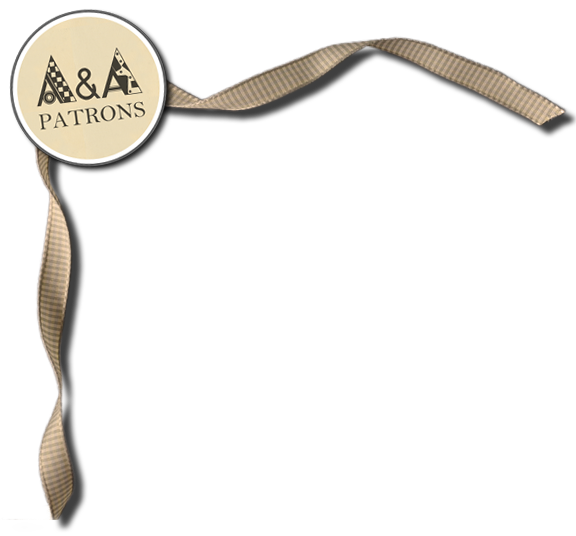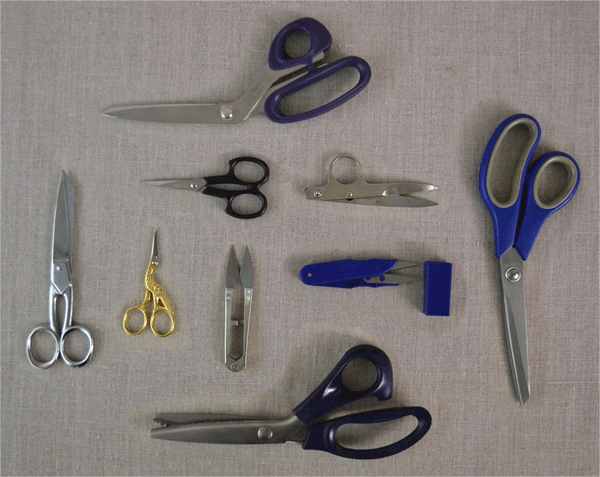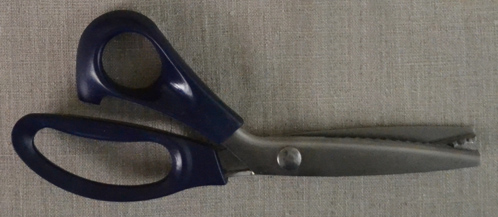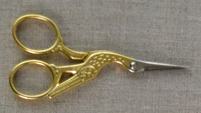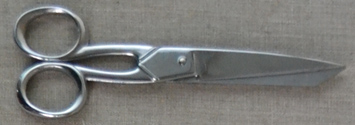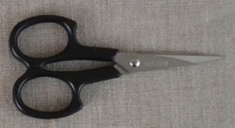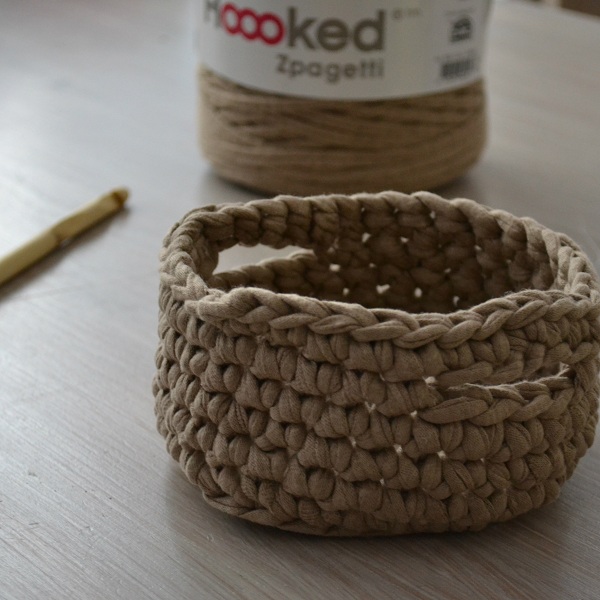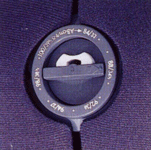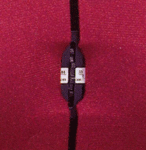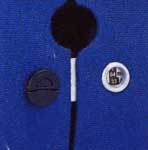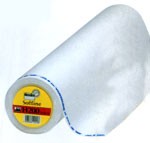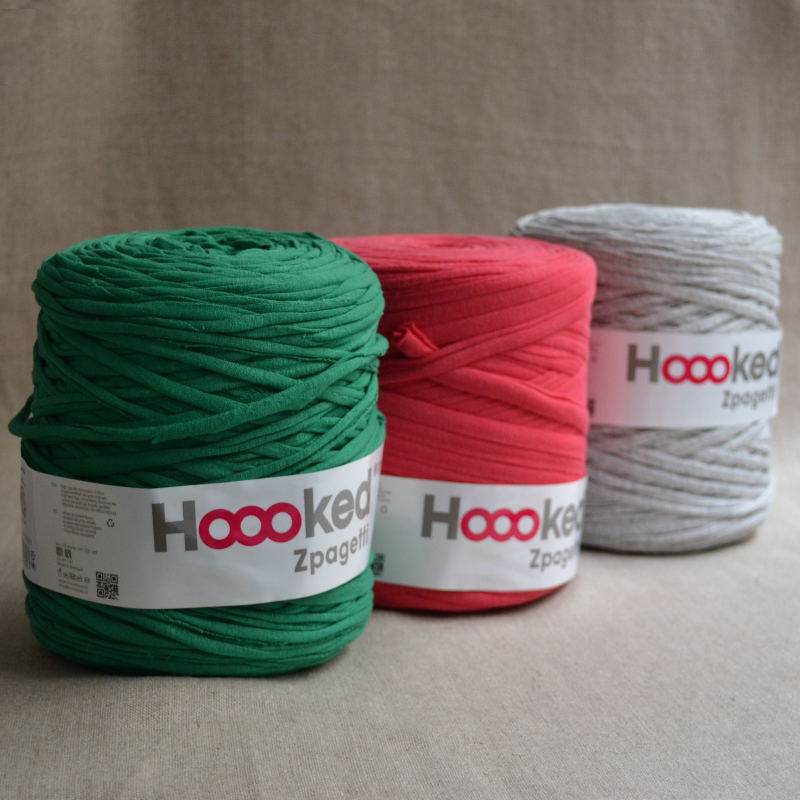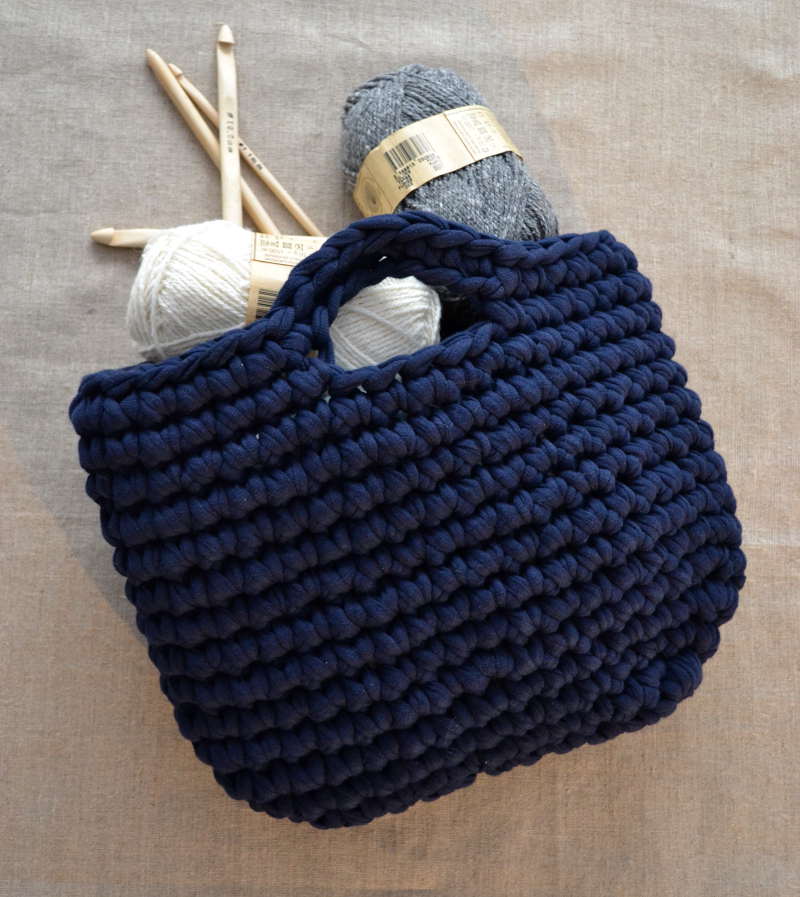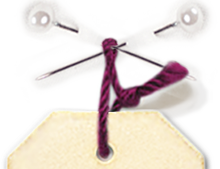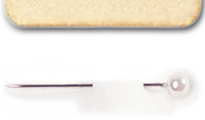Laying a shoulder pad with sleeve head strip is a quite simple operation needing just two seams. Shoulder pads are very important for strengthening shoulders on jackets. They help you rounding the sleeve for a nice fitting. The shoulder pads used for jackets come in a rounded shape, made in felt. They will be located after seam between the fabric and the lining of the jacket.
The shoulder pad with sleeve head strip can well support the sleeve head and prevents the sleeve to be hollow in the shoulder pad. See for yourself in this before and after that marks the difference - without shoulder pad + sleeve head strip then with:
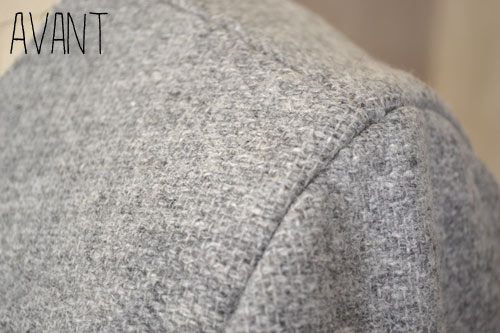
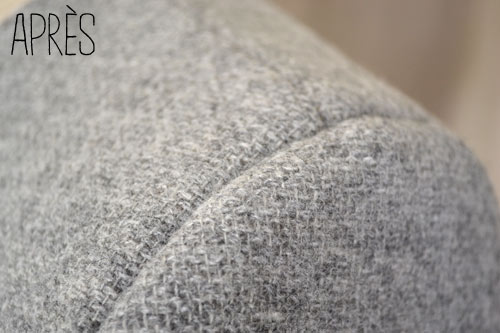
Nadine has concocted small explanations with images and video (at the end of the article) so that fitting the shoulder pad with cigarette becomes a breeze.
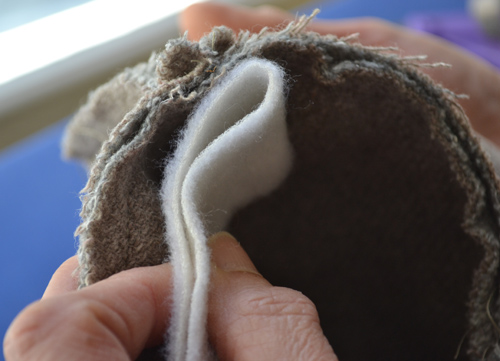
1 / Cut 20 cm of sleeve head strip (for each sleeve). Fold in half the strip and mark the middle with the shoulder line.
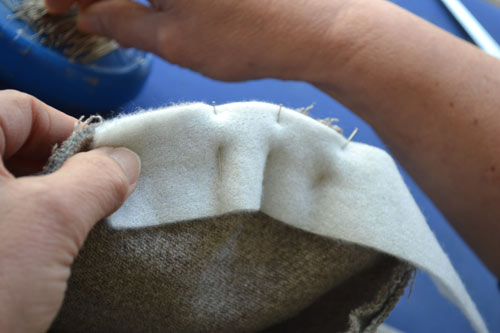
2/ Pin the strip on the sleeve side edge to edge with the seam allowance (which should be 1 cm)
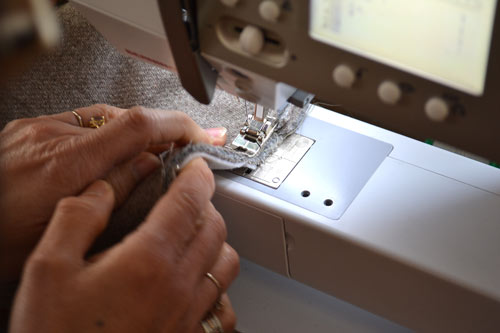
3/ Stitching with a straight stitch, on the body side of the jacket, the needle exactly in the mounting sleeve seam. If sewing is done poorly, it can deflect the sleeve mounting and create irregularities therein.
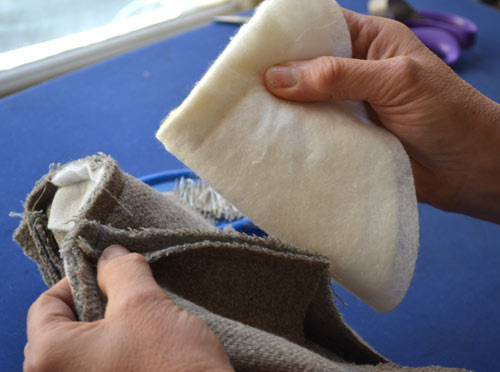
4/ Fold in half the shoulder pad and make it coincide with the shoulder seam body side.
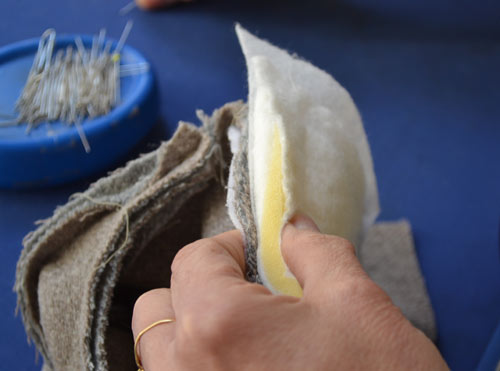
5/ Pin the shoulder pad edge to edge with the mounting sleeve seam allowance.
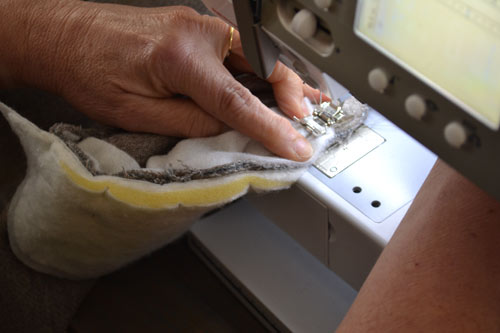
6/ Sew, this time, the sleeve side still following the mounting sleeve seam (for the same reasons as above).
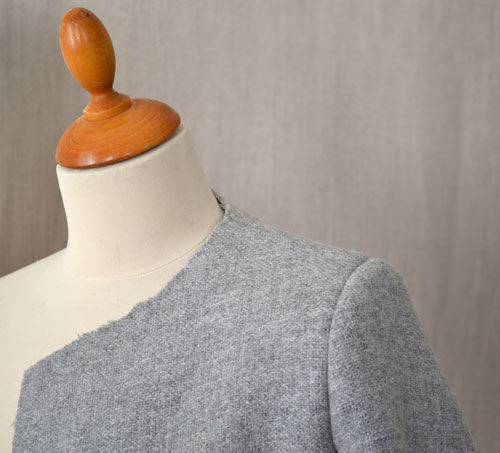
And here is the result: a beautiful shoulder head.
And to facilitate fitting the shoulder pad, here is the tutorial video (you can activate the english subtitles by clicking on CC):
Find our felt shoulder pads here and the sleeve head strips here
